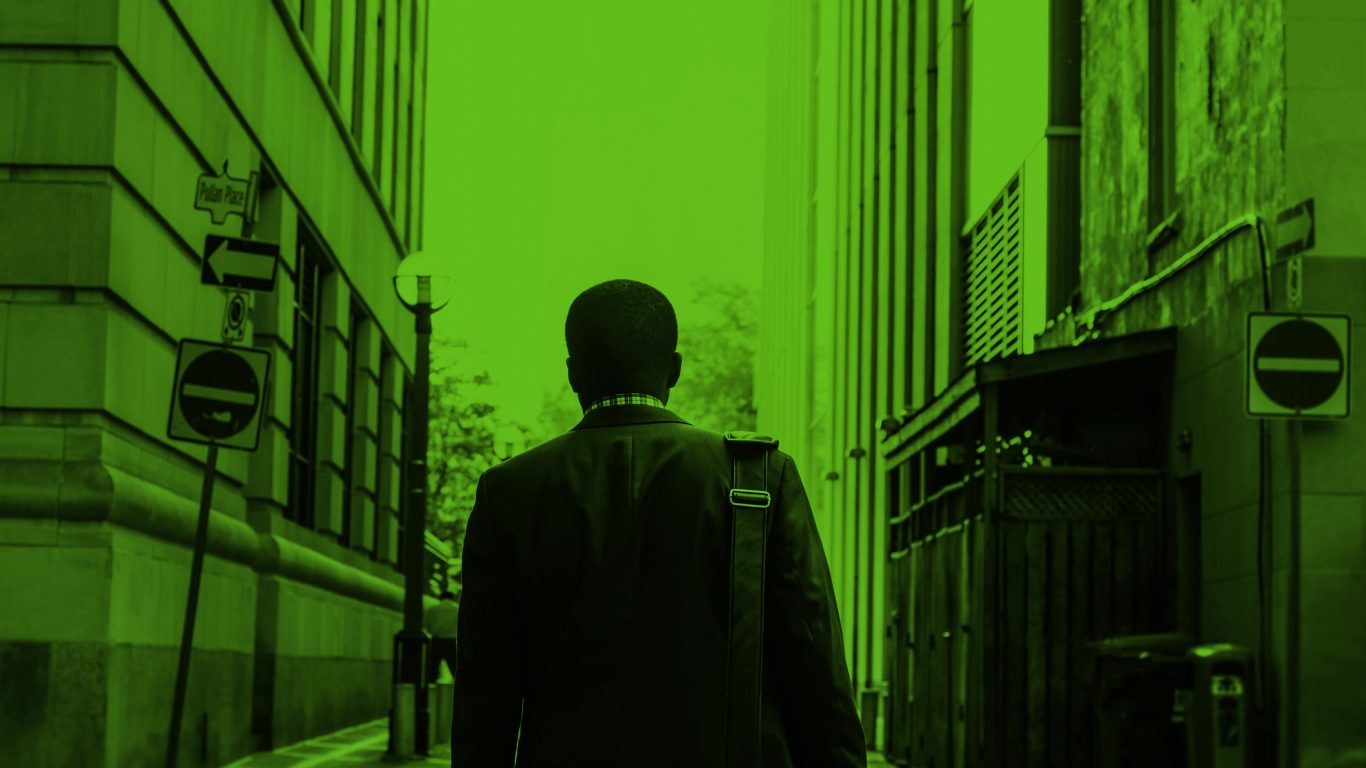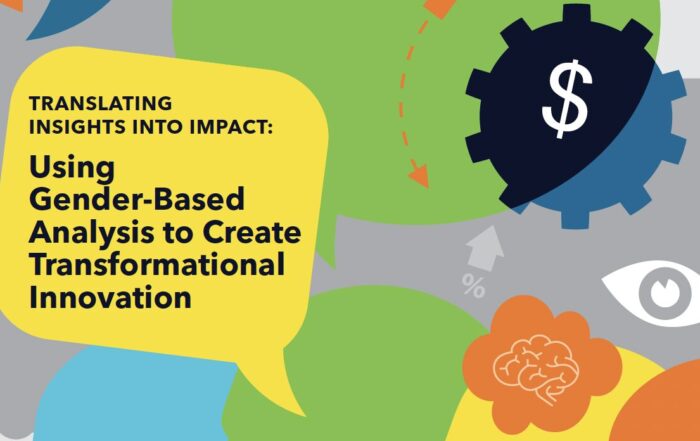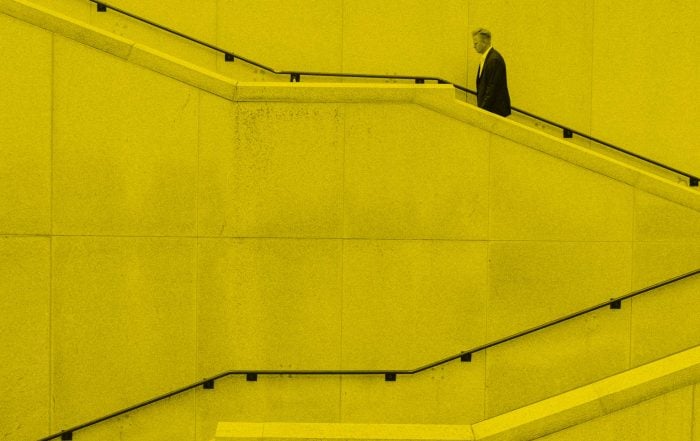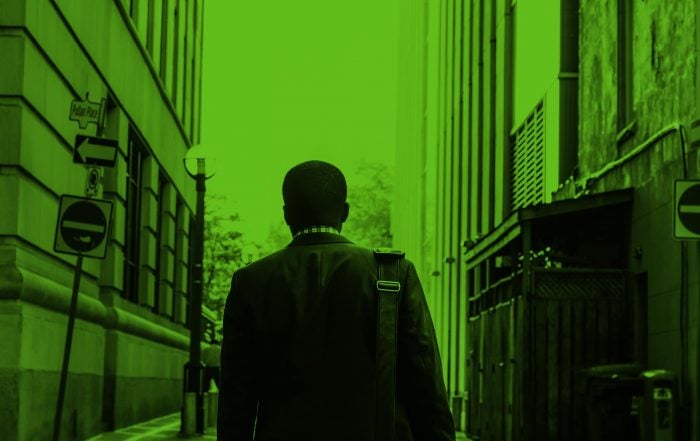Introduction
Nearly 40 years on from Dolores Hayden’s famous envisioning of a feminist city in her 1980 article “What Would a Non-Sexist City Be Like?” the city remains deeply inequitable. Many cities in Canada and around the world are struggling with systemic inequity. For instance, in the Greater Toronto Area (GTA) Indigenous peoples, as well as visible minorities and immigrants, are disproportionately represented in low-income brackets. Further, over the last few decades, income inequality has increased. Since 1980, the average income of racialized groups has stagnated, while the average income has increased for non-racialized groups. Additionally, the average income for young people has decreased–in some regions by over 20%. At the same time, the costs of renting and homeownership in cities like Toronto are steadily becoming more unaffordable as precarious employment becomes more common. Between 2016 and 2017, for example, the monthly cost of living for a single young person in Toronto increased by an average of $400 (due primarily to the exponential increase in rental prices).
Thus, it is crucial that urban planners, policy makers, architects, and activists design and build cities that are accessible to their inhabitants, particularly those experiencing poverty, financial insecurity, and other dire circumstances. To discuss the barriers and the possibilities to build more equitable cities, the Institute for Gender and the Economy (GATE) and the School of Cities co-hosted the event, “What could a feminist city look like?” on March 27, 2019. This discussion featured:
- Kofi Hope, Senior Policy Advisor, Wellesley Institute; Bousfield Distinguished Visitor, Department of Geography and Planning, University of Toronto
- Olivia Nuamah, Executive Director, Pride Toronto
- Rosemarie Powell, Executive Director, Toronto Community Benefits Network
- Brigitte Shim, Professor, John H. Daniels Faculty of Architecture, Landscape, and Design, University of Toronto; Principal, Shim-Sutcliffe Architects
This panel was moderated by Sarah Kaplan, Director of GATE and Professor at the Rotman School of Management, and Matti Siemiatycki, Director and Professor at the School of Cities in the University of Toronto.
How can we create a “feminist city”?
Prioritize community benefits in infrastructure development
Urban infrastructure development should not disadvantage the communities that have invested and lived in their neighbourhoods for generations. Rather, development projects can prioritize community benefits by integrating the community’s broader goals, which may include poverty reduction, environmental sustainability, and local economic development, among others. For instance, community members can benefit from job creation during and after infrastructure development projects. This could occur through employment on construction sites, or through the creation of prospects for local suppliers. Prioritizing community benefits also means ensuring hiring opportunities for these jobs are equitable, and that proper job training is provided to workers so they can learn and implement new skills. To understand exactly what communities need, developers and city planners can form partnerships with organizations like the Toronto Community Benefits Network.
Urban spaces can be embedded with certain values, influencing how inclusive it is to the community it serves.
Embed inclusivity into urban spaces
Urban spaces can be embedded with certain values, influencing how inclusive it is to the community it serves. This starts with how spaces are designed, and who designs them. For example, in order to win a contract, construction companies could be required to agree to inclusive behaviours on their worksite, ensuring that community members and other workers do not feel unsafe or vulnerable during development projects.
Embedding inclusivity can also be done once a space is designed and built, through posted rules and signage. For example, during the Pride Toronto Festival, rules are posted to ensure Pride creates a safe space for the LGBTQ2+ community. This embeds the city streets with inclusivity and instructs how people should treat each other.
In 2001, the United Kingdom reinstated free admission to all national museums in order to impart the value of accessibility to arts and culture. Despite this move by the UK government, however, barriers still remain for some individuals to access these spaces. This indicates that in order to make spaces truly inclusive for everyone, more nuanced solutions are often needed.
Pair inclusive program delivery with urban development
To fully benefit diverse populations, urban development needs to be inclusive in both its physical design and service delivery. For example, the Regent Park Aquatic Centre in Toronto was created with the area’s substantial immigrant population in mind. To serve the Muslim community, for example, mechanized screens were installed in front of the pool’s glass walls, providing space for Muslim women to swim in a private area if they wish to do so. Further, in order to ensure the centre is accessible to the entire community, all programming is free. The centre also holds instructional sessions for members who have not been previously exposed to swimming culture and protocols, offering information on pool rules and appropriate swimwear.
To fully benefit diverse populations, urban development needs to be inclusive in both its physical design and service delivery.
Without such considerations, the pool would remain inaccessible to many in the local community. Equitable urban design requires a comprehensive understanding of local communities and their unique socio-economic or cultural barriers and priorities, as well as a focus on programming rather than just the built environment.
Conclusions
As the global population ages, income inequality increases, and the world rapidly urbanizes, prioritizing equity and accessibility in cities is becoming more crucial. The panellists at “What could a feminist city look like?” agreed that a feminist city is based on human-centred design: it prioritizes the needs of the most marginalized communities and aims to reduce their barriers to services like transit and recreation. Further, rather than pushing communities out of developing neighbourhoods, a feminist city would recognize and invest in them by creating accessible spaces and promoting local economic, social, and cultural development.







